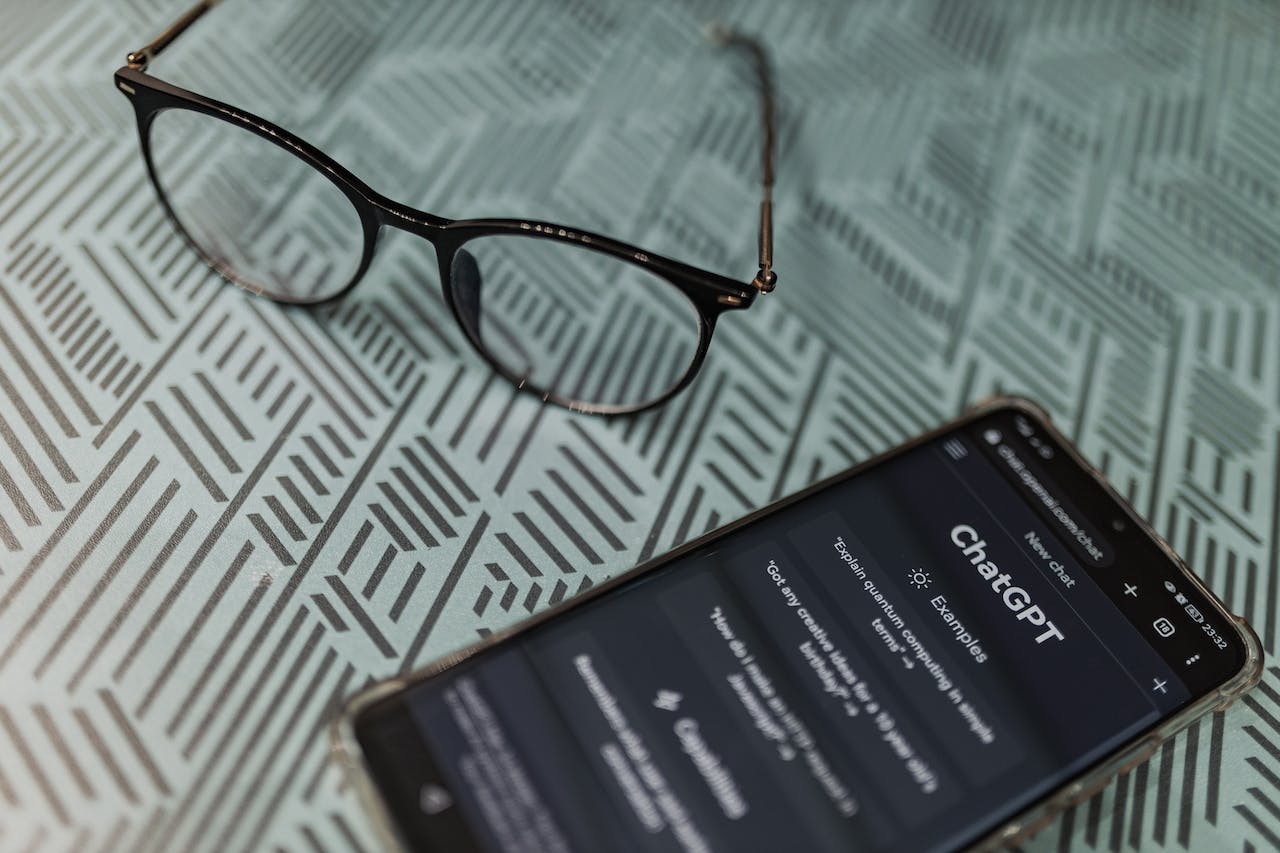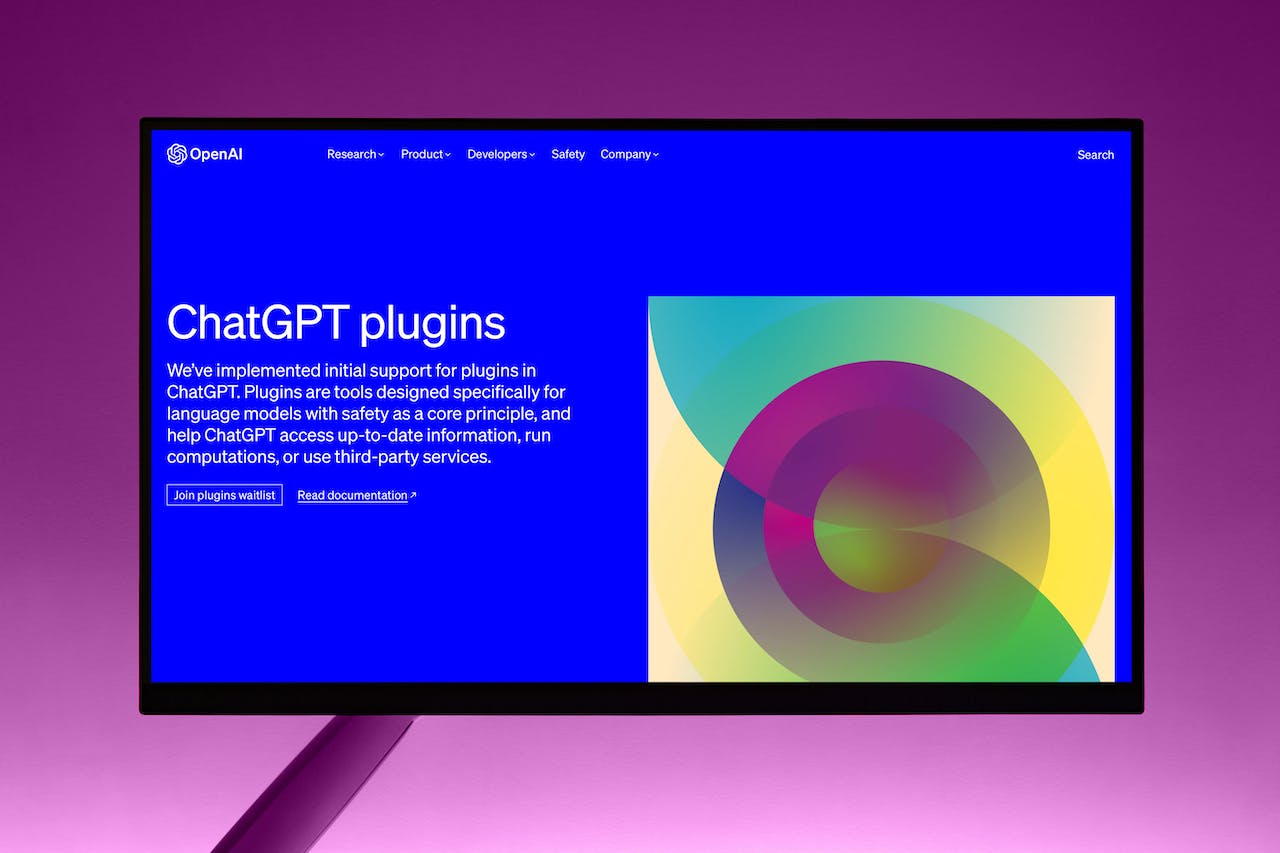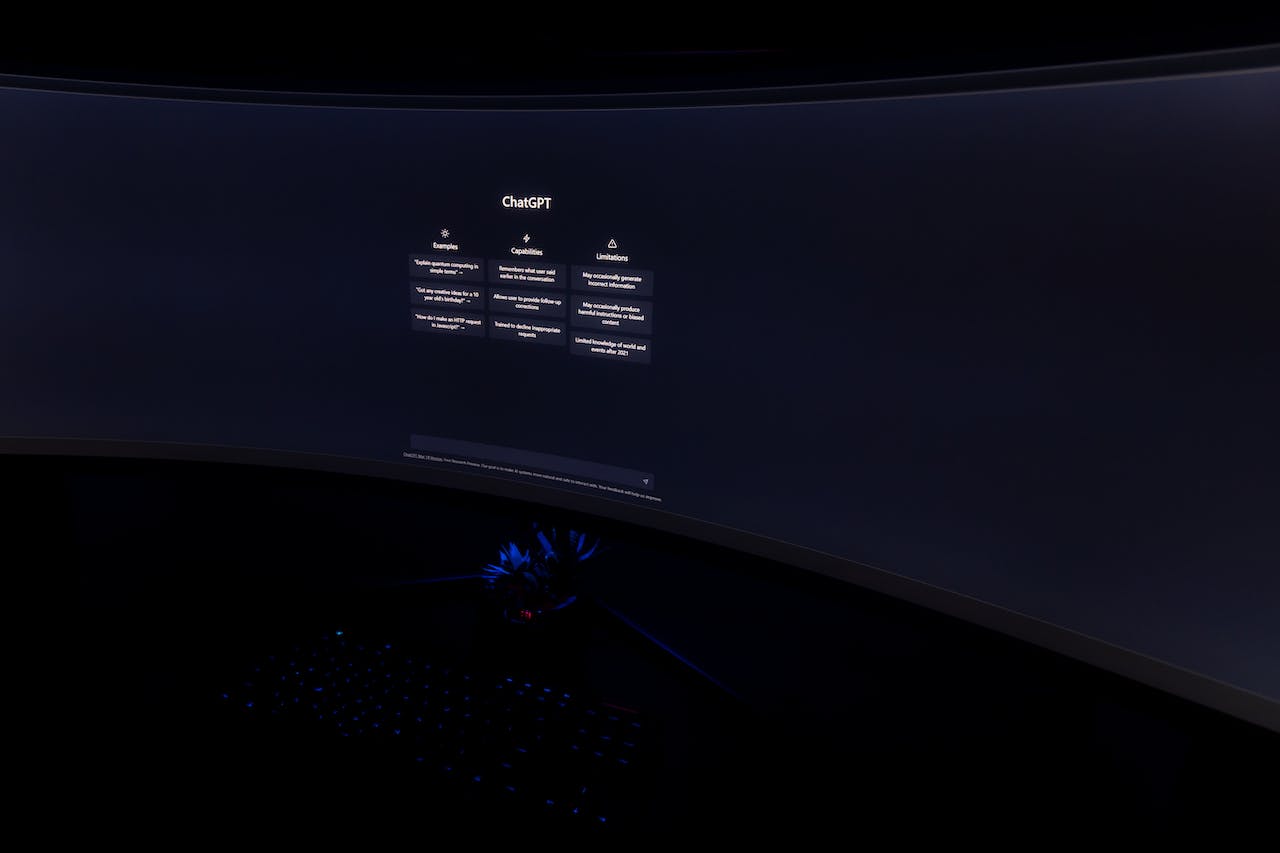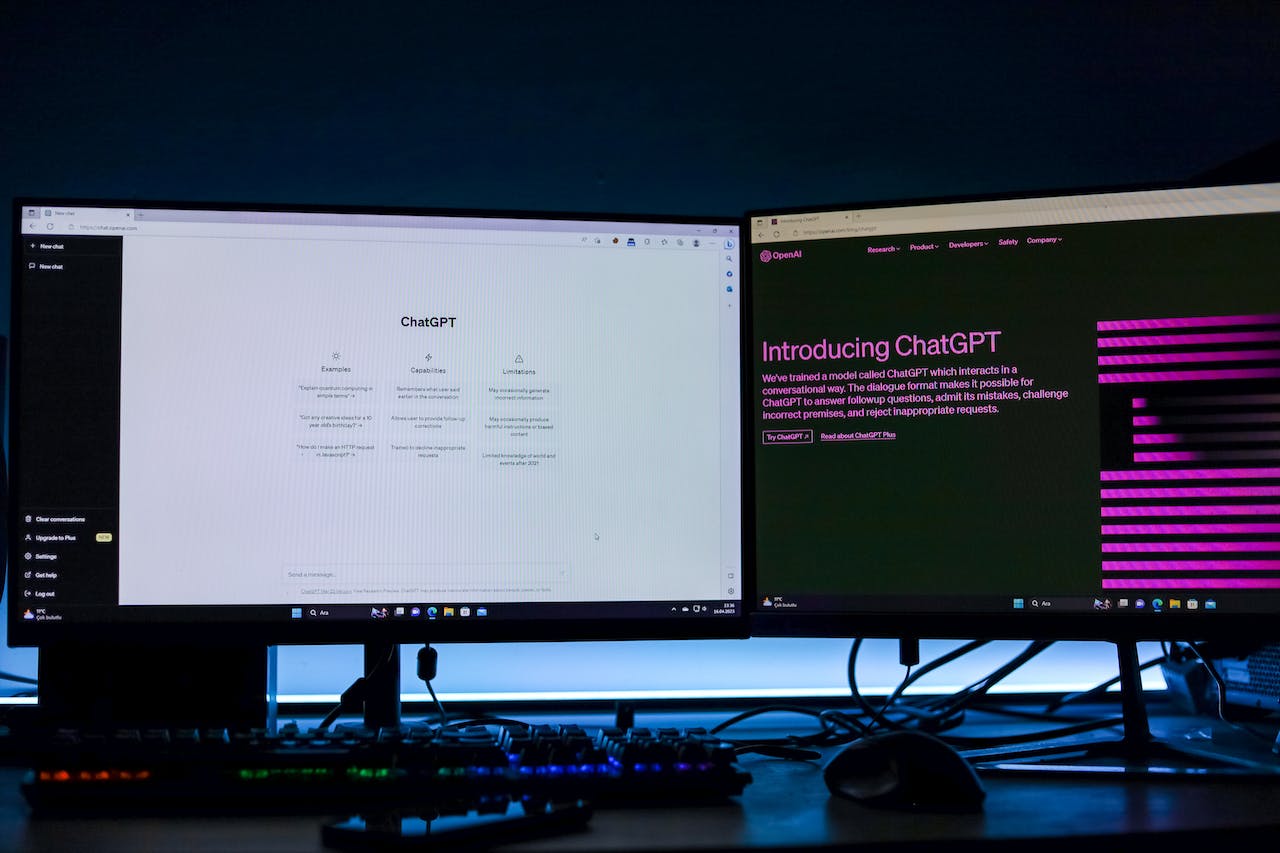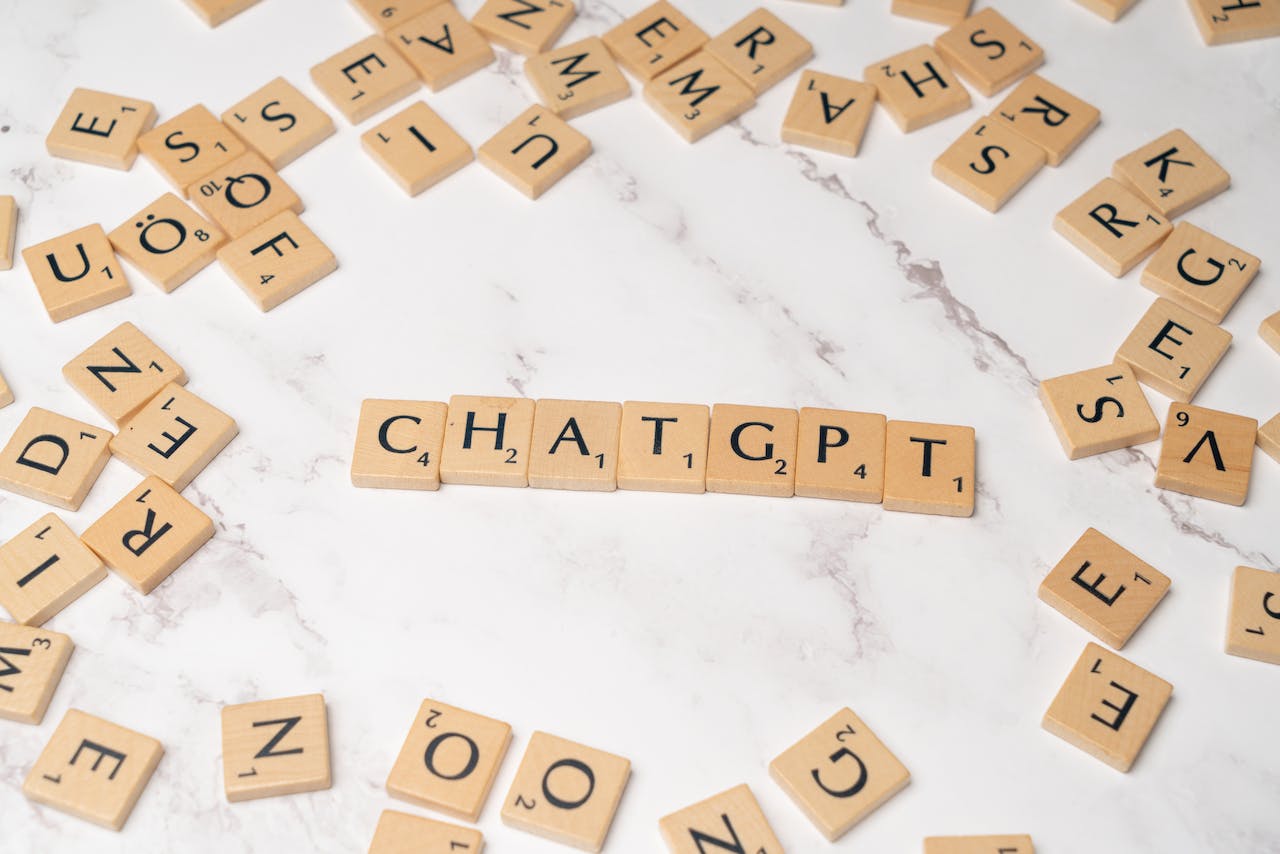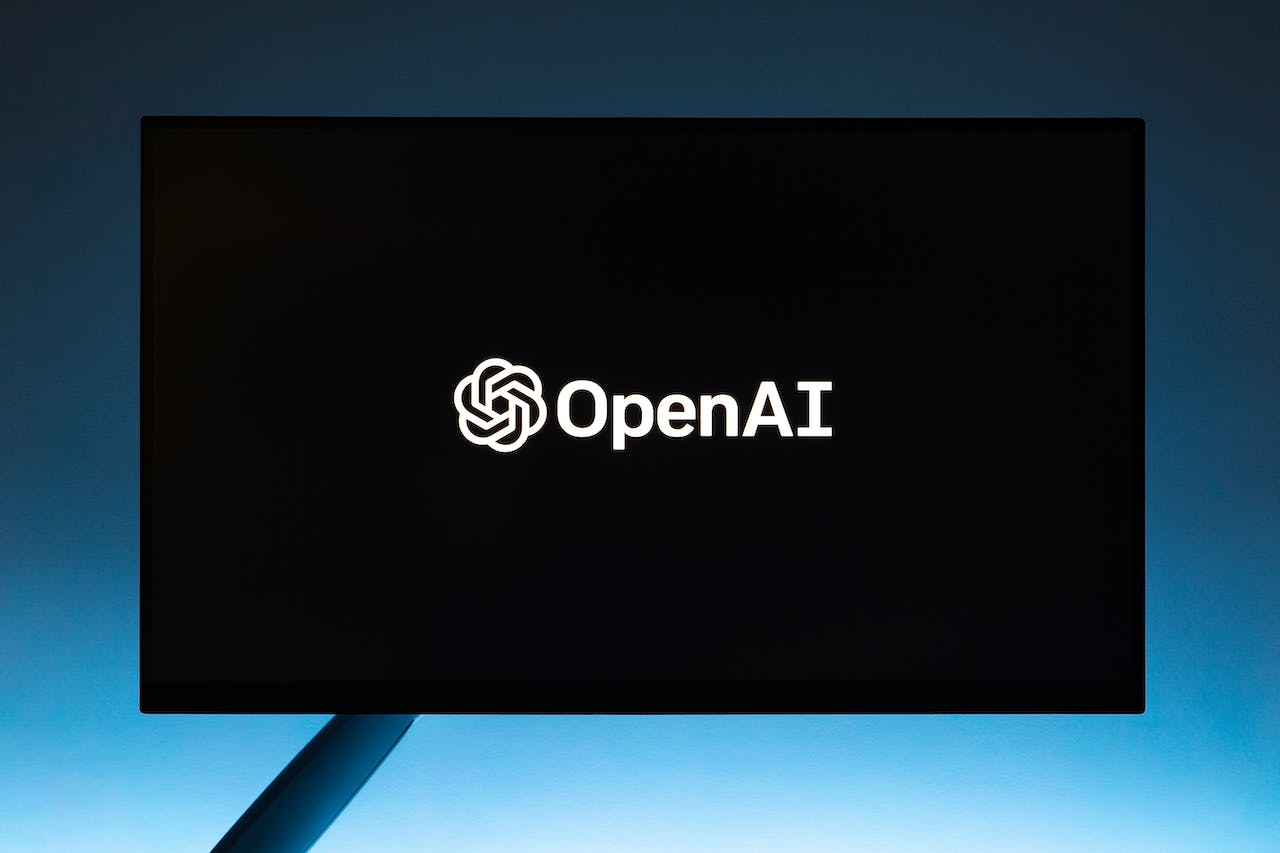
As chatbots like ChatGPT become more popular, more people are becoming open to the concept of incorporating AI into their daily lives. ChatGPT has completely changed the way we do online chores. From discovering new recipes and planning trips to handling more complicated jobs like writing code and automating processes, it has transformed the way we finish projects.
But what about the more "unethical" assignments, such as creating final examinations or passing tests with artificial intelligence (AI)? Is ChatGPT capable of assisting individuals with their university graduation? Indeed, it is true.
However, no. ChatGPT writes skillfully. That cannot be disputed. But to be honest, the majority of the time, the writing is uninteresting, vague, and varies from cringe to downright ridiculous.
As a writer, you can easily detect when anything is written by AI, especially if the user is too lazy to type in something like "Write me an article about XYZ" or "I need an Instagram caption about XYZ."
But if you're not a writer or editor, you undoubtedly ask yourself this question all the time; Did ChatGPT write this? Or how to tell If something was written by ChatGPT and is there any way? And the response is, indeed, there is. This post will describe how to recognize ChatGPT writing or how to make the detection process simpler for you.
Why Is AI Content Detection Important?
Because AI-generated content is becoming more and more common in today's digital ecosystem, AI content identification is essential. With the increasing ubiquity of this technology also comes the possibility of harmful and disruptive outcomes.
The negative side of AI is best illustrated by deepfakes, which produce phony but convincing images or movies that trick viewers into thinking they are genuine.
With cases of harmful usage, such as the production of non-consensual pornographic content or the manipulation of political figures' utterances to propagate false information, this raises grave ethical considerations.
It is, therefore, essential to put in place efficient AI content detection systems in order to reduce the hazards related to misleading information. These technologies are essential for spotting and stopping deepfakes, protecting people's privacy and reputations, and stopping the spread of misleading information.
Investing in solid content detection methods is crucial to preserving the integrity of information distribution as AI develops and safeguarding society from the possible harm caused by misleading AI-generated material.
Can You Use AI To Detect Ai-Generated Text?
It is possible to train large language models themselves to recognize text produced by AI. In theory, the model may be trained to identify and detect AI writing similar to ChatGPT by subjecting it to two sets of text: one authored by AI and the other by humans.
Researchers are also developing watermarking techniques to identify text and papers on AI. In the hopes of being able to identify machine-generated writing even when it is accurate enough to imitate human unpredictability, researchers are working on a method to include watermarks in AI language models.
Although the watermark is invisible to the unaided sight, it may be identified by an algorithm that determines whether it was created by humans or artificial intelligence (AI) based on how frequently it followed or violated the watermarking guidelines. Sadly, this technique hasn't held up well during testing on ChatGPT's most recent models.
The Best ChatGPT AI Writing Detection Tools
AI Text Classifier
OpenAI, the creator of ChatGPT, is the source of AI Text Classifer. Although ChatGPT looks a bit uncomfortable assessing itself, being an AI, it presumably doesn't mind.
The limitations of this solution are also openly stated by OpenAI: it requires a minimum of 1,000 characters to function correctly; it can incorrectly label text that is both AI-generated and human-written; it is less effective for text that is not in English or children write that, and a few modifications to AI-generated text allow it to elude the classifier easily.
The free AI Text Classifier grades text according to three likelihoods that it was created using AI; highly improbable, unlikely, and unclear. OpenAI emphasizes that rather than offering a conclusive response, the detector is intended "to foster conversation about the distinction between human-written and AI-generated content."
Originality.AI
Originality.AI is a commercial product that explicitly declares its unfitness for academic use. Its goal is to help content producers ensure that the work they receive or its source material is neither plagiarized nor artificial intelligence (AI) generated. The Chrome extension for this software instantly examines webpages, Google Docs, emails, and other resources.
In contrast to other AI detectors that alert users to the need for action based on their findings, originality.AIstates that its detection rate is 96% overall, 99%+ on GPT-4 content, 94.5% on text that has been paraphrased, and 83% on ChatGPT.
Copyleaks AI Content Detector
Copyleaks offers a range of membership options for detecting AI plagiarism in work if you're searching for a premium ChatGPT detector that is safe and capable of identifying text authored by GPT-4 (the most recent iteration of OpenAI's language model, which is only accessible in ChatGPT Plus).
With the help of Copyleaks' AI content detector, you may still analyze up to 250 characters of text for ChatGPT, Bard, and other AI chatbots without having to pay for a membership.
Zerogpt
With a 98% accuracy rate, ZeroGPT is a simple, free tool for "students, teachers, educators, writers, employees, freelancers, copywriters, and everyone on earth." It operates using DeepAnalyse, a company-owned, proprietary technology that was trained on 10 million text and article entries.
When users copy text into a box on the website, they can get one of the following outcomes; The text is composed of both human and AI/GPT-generated content. It is mainly composed of human and AI/GPT-generated content, but it also contains mixed signals with some AI/GPT-generated content. Humans most likely write it, but it may contain some AI-generated content.
Undetectable.AI
Undetectable.AI is very helpful because they made a tool that checks out every other detector you'll find online. They sampled the models of many existing detectors to construct their own. It's a fantastic method to get some of the most often-used tools in one.
They do this by examining how each of the most well-known AI detection technologies, such as Content At Scale and GPTZero (which we will discuss later), would categorize your content if you tested each one separately. They base this on hundreds of writing samples.
Signs Of ChatGPT Use
Implausible Or Inaccurate Statements
Narrative AI systems such as ChatGPT and Google Bard have a reputation for creating false information or hallucinations. Although students and job candidates may also include errors in their writing, artificial intelligence (AI) bots may create the illusion of very credible, misleading information.
Additionally, ChatGPT's understanding of events that happened after 2021 is restricted. Therefore, it is typically unable to provide accurate information about current affairs. AI may have produced the text if it is extraordinarily well-written but includes inaccurate facts.
When assessing a piece of writing for possible AI use, look up a few facts from the text online. Try to look for information that can be easily verified, such as dates and particular occurrences.
Some Sentences Look Right But Don't Actually Make Sense
Despite their seeming perfection, phrases generated by ChatGPT might be grammatically correct yet illogical. This is so that ChatGPT may only know how to use the appropriate term in the appropriate context; it has yet to learn whether anything is true or untrue.
It's likely artificial intelligence (AI) writing if you find yourself rereading something, and it seems like it should make sense, but you still need to understand what the text is trying to express.
Uses Words Like "Firstly," "Secondly," "Therefore," And "In Conclusion”
You'll virtually always find these terms in essays authored by ChatGPT, even if many school-age essayists also employ this kind of language when organizing their works. Because these phrases are included in human-written literature, some AI detection techniques will even identify it as AI-written.
Fake Or Inaccessible Sources
The regular version of ChatGPT frequently creates references out of thin air, but the version integrated with Bing automatically acknowledges sources. Make sure the sources supplied by ChatGPT are authentic, especially whether you're a teacher grading a student essay or a student using ChatGPT to obtain sources.
Repetition Of Words And Phrases
Another method for identifying text created by AI is to search for word and phrase repetition. The AI's attempt to fill in blanks with pertinent keywords is what led to this.
Thus, there's a greater likelihood that an AI created an article if it seems like the same word is being used often. Numerous spammy AI-generated SEOtools have a fondness for keyword-stuffed publications. When you use a term or phrase so frequently that it seems forced, it's known as keyword stuffing.
In such publications, the target term appears in nearly every sentence. You won't be able to concentrate on the content once you've noticed it. Readers find it incredibly off-putting as well.
A Lack Of Descriptive And "Rare" Words
Predicting the next word in a phrase is how ChatGPT and other AI models operate, which leads to a lot of vague terms like "it," "is," and "they." A general shortage of descriptive language might indicate that ChatGPT generated the article because it is less likely to utilize uncommon terms to explain things.
Not A Single Spelling Or Grammar Mistake
Even while writers, job candidates, and students try their best to proofread their writing for grammar and spelling mistakes before submitting it, mistakes can still happen. On the other hand, even when writing isn't factual, computers generate flawlessly formed sentences.
When In Doubt, Ask ChatGPT To Produce A Similar Piece Of Writing
If you believe ChatGPT authored a letter, essay, or other type of writing, sign in to ChatGPT and instruct the chatbot to use the primary ideas of the writing to produce something comparable. The writer probably utilized ChatGPT if the structure of ChatGPT's answer matches that of the text you're analyzing.
- For instance, you may instruct ChatGPT to "Write me a cover letter for a junior developer position at Company X" if you're assessing a cover letter for AI usage. Tell them I'm a computer science graduate from Rutgers, that I adore Ruby and JavaScript, and that I've been working as a barista for the past year."
- As ChatGPT is conversational, you may keep adding additional background information. For instance, "add something to the cover letter about not jumping right into the industry after college because of the pandemic."
How To Spot Misinformation Within ChatGPT?
It's no secret that ChatGPT can disseminate false information. Although Microsoft may be limiting the false answers that AI provides with technologies like NewsGuard's, the problem still warrants attention. There are two go-to methods for identifying false information in Chat GPT;
- Look for patterns and discrepancies.
- Check the context and search for indications of human mistakes.
You may be reading deceptive material if a ChatGPT response repeats something several times, has strange errors that a human wouldn't make, or says anything that doesn't make sense in the context of what you're reading. Make careful to conduct independent research outside of ChatGPT and check the source links located at the bottom of your Chat GPT replies. Consider it an initial guide rather than the last word.
50+ Words Detectable By AI Detection Tools
- Advancement in the realm
- Aims to foster innovation and collaboration
- Breaking barriers
- Crucial to be mindful
- Cutting-edge
- Drive the next big
- Enhancement further enhances
- Exciting opportunities
- Exciting times lie ahead as we unlock the potential of
- Excitingly
- Expect to witness transformative breakthroughs
- Explore the fascinating world
- Exploring this avenue
- The future might see us placing
- Groundbreaking way
- Groundbreaking study
- Have come a long way in recent years
- Hold promise
- We can improve understanding and decision-making
- Welcome your thoughts
- Improved efficiency in countless ways
- In conclusion
- Innovative service
- It discovered an intriguing approach
- It remains to be seen
- Latest breakthrough signifies
- Latest offering
- Rapidly developing
- Redefine the future
- Remarkable breakthrough
- Remarkable success
- Renowned
- Bringing us closer to a future
- By combining the capabilities
- Capturing the attention
- Continue to make significant strides
- Revolutionizing the way
- Significant strides
- The necessity of clear understanding
- There is still room for improvement
- Transformative power
- Let’s delve into the exciting details
- Make informed decisions
- Mark a significant step forward
- More robust evaluation
- Navigate the landscape
- One step closer
- Opens up exciting possibilities
- Paving the way for enhanced performance
- Potentially revolutionizing the way
- Push the boundaries
- Raise fairness concerns
- Truly exciting
- Uncover hidden trends
- Unlocking the power
- With the introduction
Frequently Asked Questions
Is ChatGPT Aware Of The Specific User Interacting With It?
No, ChatGPT does not have an awareness of individual users, treating each interaction independently.
Does ChatGPT Understand And Respond To User Emotions?
No, ChatGPT lacks emotional understanding and responds based on patterns in the training data.
How Can One Determine Whether Content Has Been Duplicated From ChatGPT?
An AI content checker is required to identify plagiarism in ChatGPT. Artificial intelligence (AI) content checkers examine text passages to identify if they were written by humans or chatbots like ChatGPT or Bard.
Conclusion
Talking about how to tell If something was written by ChatGPT, AI-written articles are hard to spot since you can't be sure. To make problems worse, AI improves daily. How will GPT-5 look in a few months? We can't imagine.
However, if you need clarification on whether an AI authored an article, utilize all of these methods and your judgment. For credibility, check multiple-author papers. Use caution when interpreting results. No AI detection method exists. Thus, nothing you observe is conclusive. Remember that you're viewing text on a screen, not watermarks.
These new tools could help doubters filter AI-generated information on the internet, news, and in schools worldwide. As AI improves and the border between human and machine-generated material blurs, AI-generated content will soon be indistinguishable! Let's see what the future brings.


